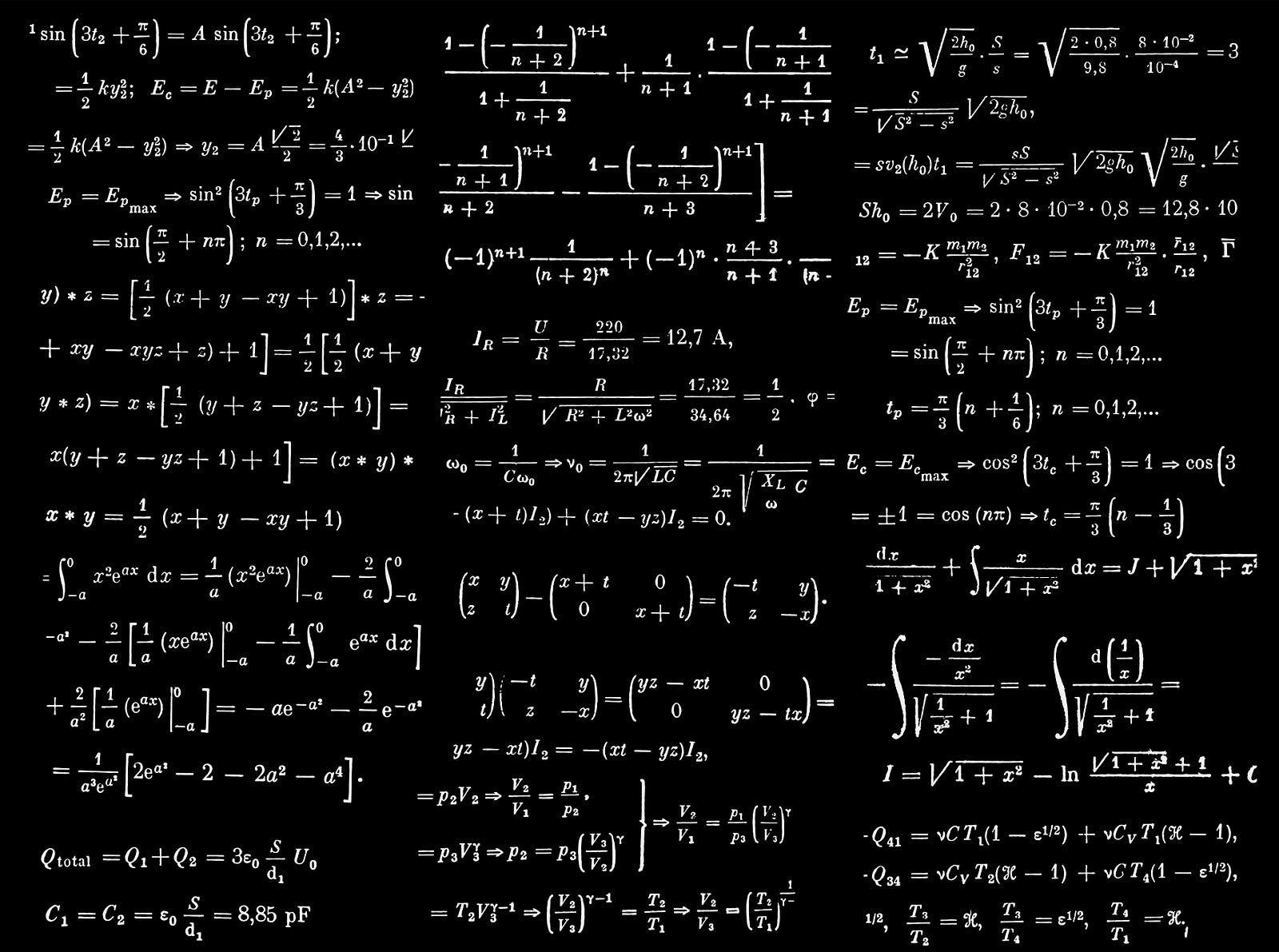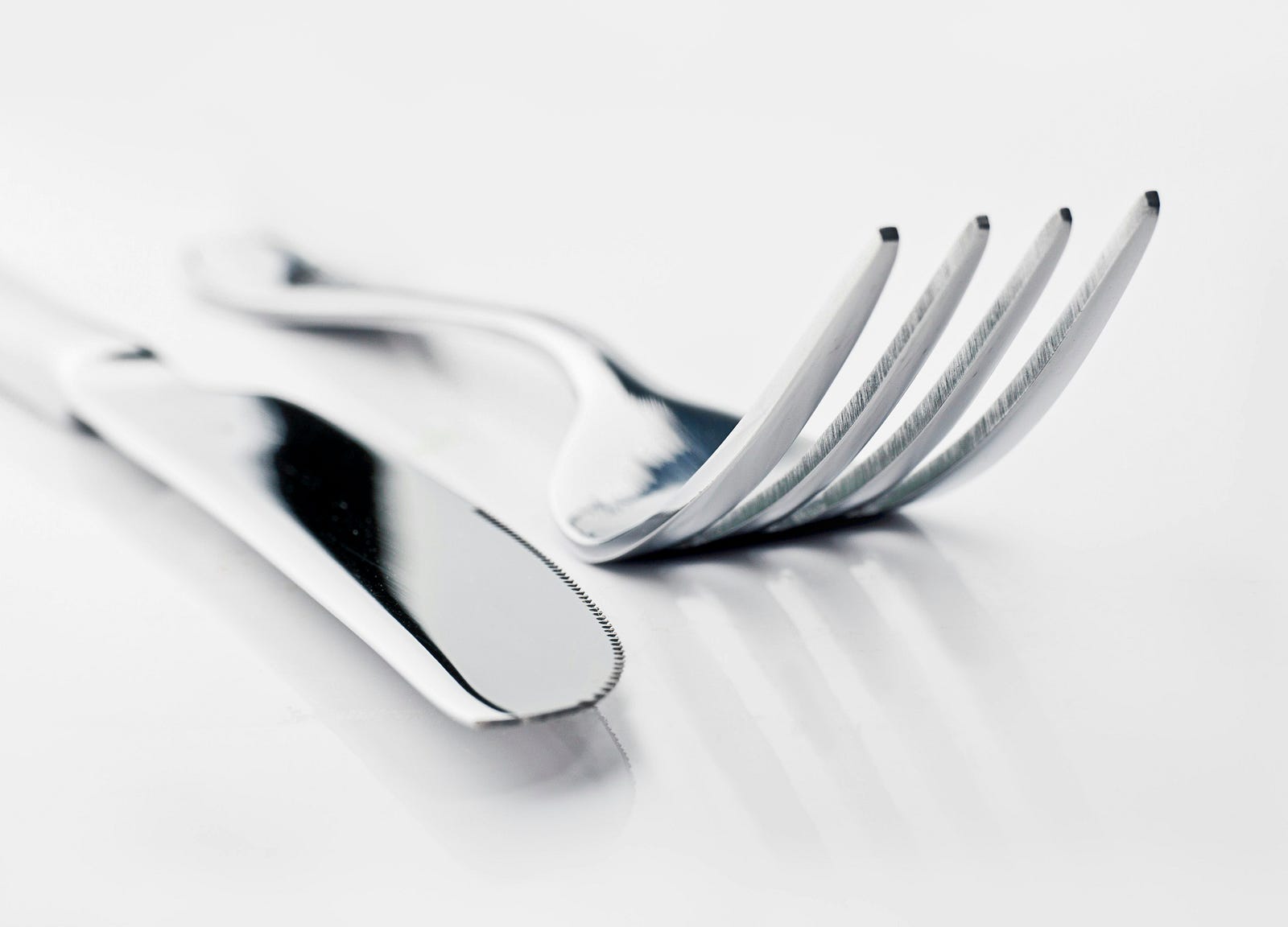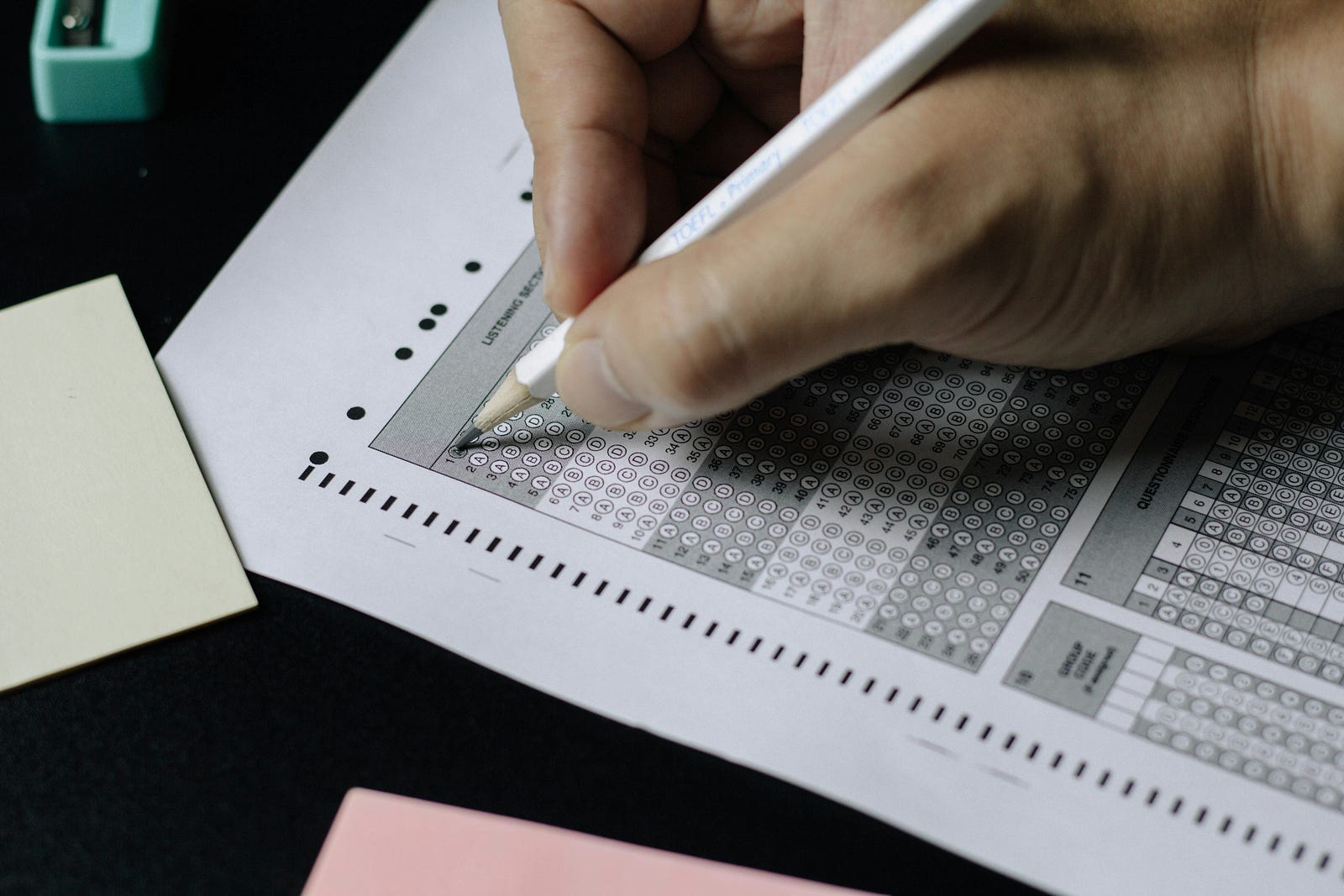IN THE QUEST FOR A HEALTHIER LIFESTYLE, emerging research sheds light on some unconventional (yet effective) strategies to combat obesity. Today, I will show you how to outsmart your appetite: The surprising slimming power of early bites and bite-sized delights! Today, we explore chrononutrition.
Beyond the conventional three-meal norm, embracing a habit of more frequent eating, starting the day with an early bite, and making lunch the main event could be the secret sauce for a reduced risk of obesity.
Let’s delve into the intriguing science behind these dietary nuances and explore how they can redefine our approach to weight management.
My family
My extended family has a wide variety of sizes and shapes. Some are thin, while others are morbidly obese.
Yet my parent always remained thin. Genetics, you may offer.
But I wonder if their habits strongly influenced their lifetime slenderness. My parents (on the right) met my future in-laws in 1988:

They always ate early and more frequently. Families were more likely to pursue this approach in the 1960s and 70s, at least in my neighborhood.
Background
People are starting to pay more attention to when we eat as a way to tackle obesity and shed some extra pounds.
The idea is that syncing up our eating habits with our body’s internal clock can bring some real benefits.
Limited research on eating timing
But so far, the research on this topic is limited regarding how big and comprehensive it is.
We haven’t dug deep into things like when we eat the most calories, how often we eat, and how we spread our meals throughout the day.
New study
That’s where a new Brazilian study comes in.
I’ll dive into the new research to see how the timing of our biggest meal and how often we eat might be linked to our weight, as measured by Body Mass Index (BMI) and the risk of obesity.

It’s trying to figure out if the when and how often of our eating can make a difference in keeping us at a healthy weight.
Study details
Researchers asked around 2,050 people aged 18 to 65 about their eating habits.
They took a snapshot of many folks to see what’s up with their weight and eating.
The researchers analyzed the data using complex mathematical algorithms, such as linear regression, to uncover patterns and trends.
The scientists looked at things like when subjects have their biggest meal, how many meals they eat each day (whether three or more), and what kind of meal is their largest (breakfast, lunch, or dinner).

More analysis – Chrononutrition
Then, they used some other math (logistic regression) to see if there was a connection between these eating habits and the chance of being obese.
The study seeks to unravel how our eating habits impact our weight and overall health.
Study results – Chrononutrition
Let’s take a closer look at the key findings of the study.
When folks had their biggest meal later in the day, especially if it was dinner, their BMI tended to be a bit higher.
For every person who made dinner their largest meal, their body mass index (BMI) was around 0.85 units higher — think of it as an extra bit of weight.
And here’s the kicker — it also bumped up their chances of being obese by about 67 percent.
Eating more than three meals helps.
On the flip side, those who managed more than three meals a day had a lower BMI, about 0.14 units less, and a 32 percent lower chance of being obese.

Also, if lunch was the main meal, that seemed to protect against obesity, reducing the odds by 29 percent.
These findings held no matter the person’s gender, age, relationship status, education, diet quality, sleep duration, or how often they exercised.
When and how much we eat might play a role in keeping the scale in check.
My thoughts – Chrononutrition
Here’s the scoop:
If you make your biggest meal happen earlier in the day, focus on getting most of your calories during lunch, and squeeze in more than three meals a day, it could be a promising approach to keep obesity and overweight in check.
New research in the world of “chrononutrition” (a fancy term for the timing of eating) suggests that when you eat can have an impact on your health and the risk of obesity.
In simpler terms, tweaking when and how you eat might be a cool strategy to help prevent and deal with those extra pounds.
Study limitations
First, the researchers relied on people filling out their questionnaires about what they eat, and sometimes folks might not spill all the beans; if you catch my drift — they might not tell the whole truth.
Second, the group of participants had more women with higher education levels than usual, so it might only represent some.

Other study limitations
Third, the investigators judged how good people’s diets were using a scoring system, but it might not have caught all the details about what they were eating.
Finally, they considered things like age, education, and lifestyle when looking at the results, but since it’s a snapshot in time (what we call a cross-sectional study), we can’t say for sure if one thing caused another — it’s more like a snapshot than a movie.
Disclosures
Fundação de Amparo à Pesquisa do Estado de Alagoas supported the research. The authors declared no conflicts of interest.
Thank you for reading “Outsmart Your Appetite: The Surprising Slimming Power of Early Bites and Bite-sized Delights!” How do you structure your meals? My largest meal tends to be lunch, and I have five or more feedings daily.



